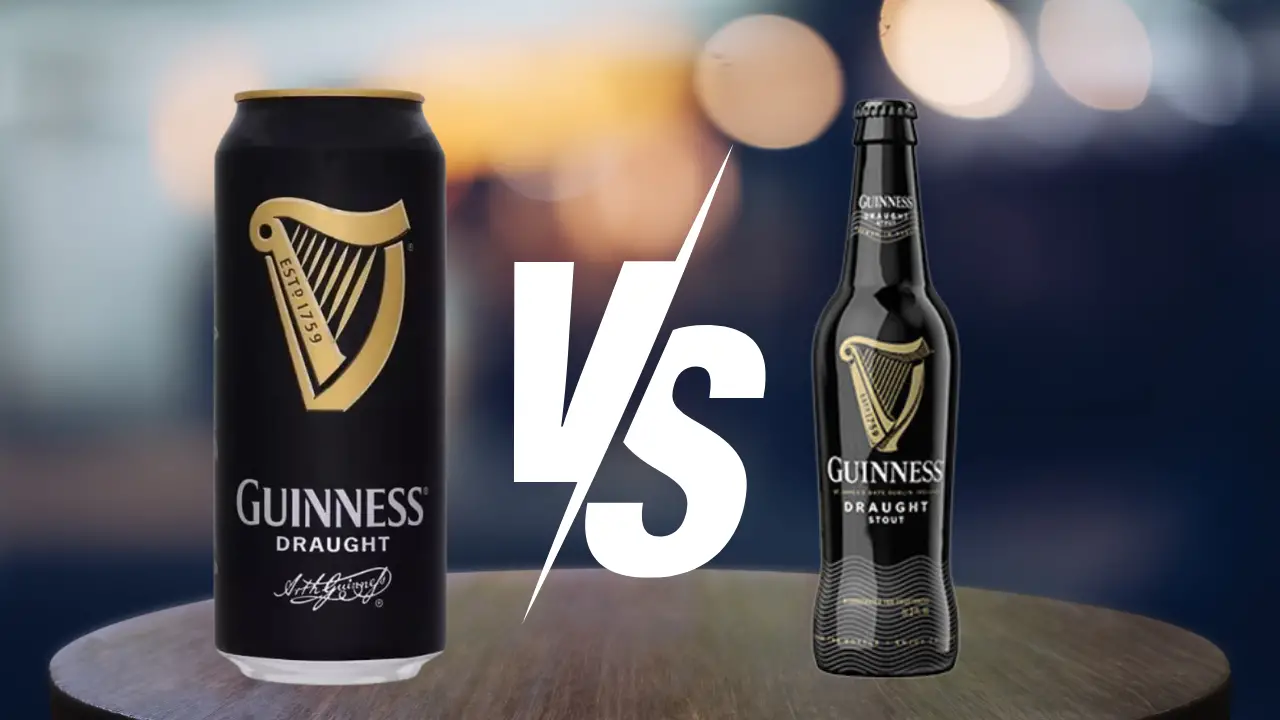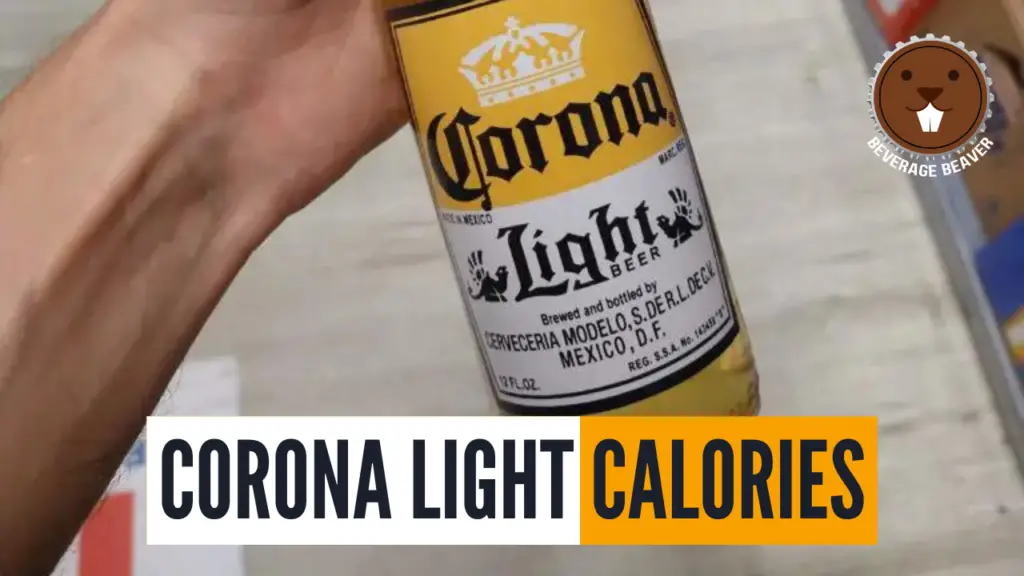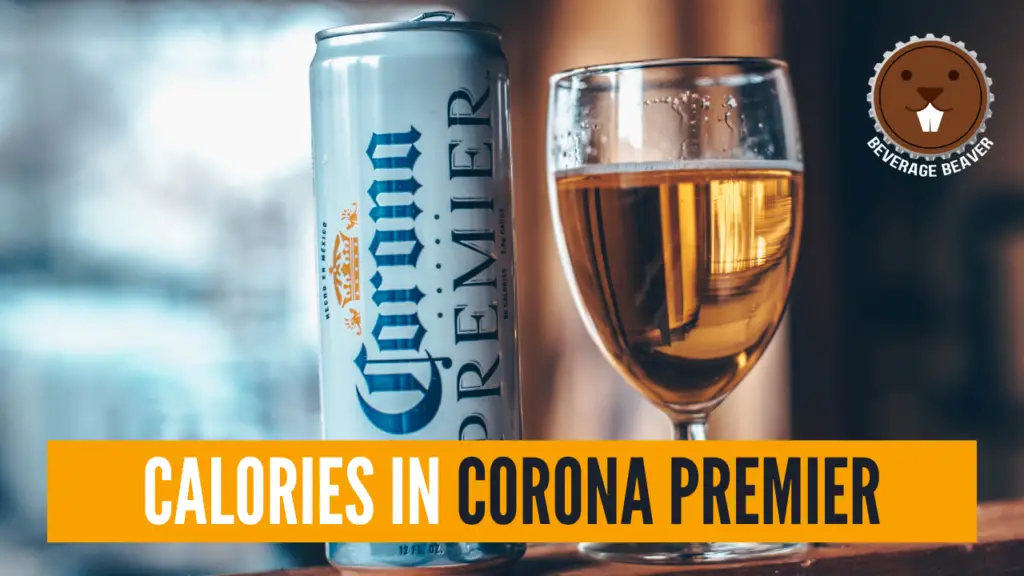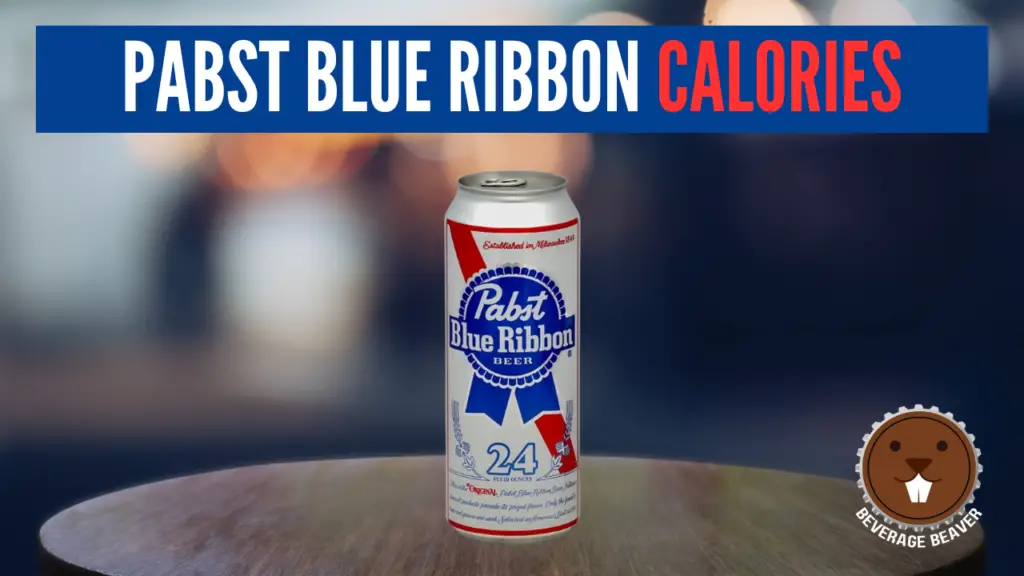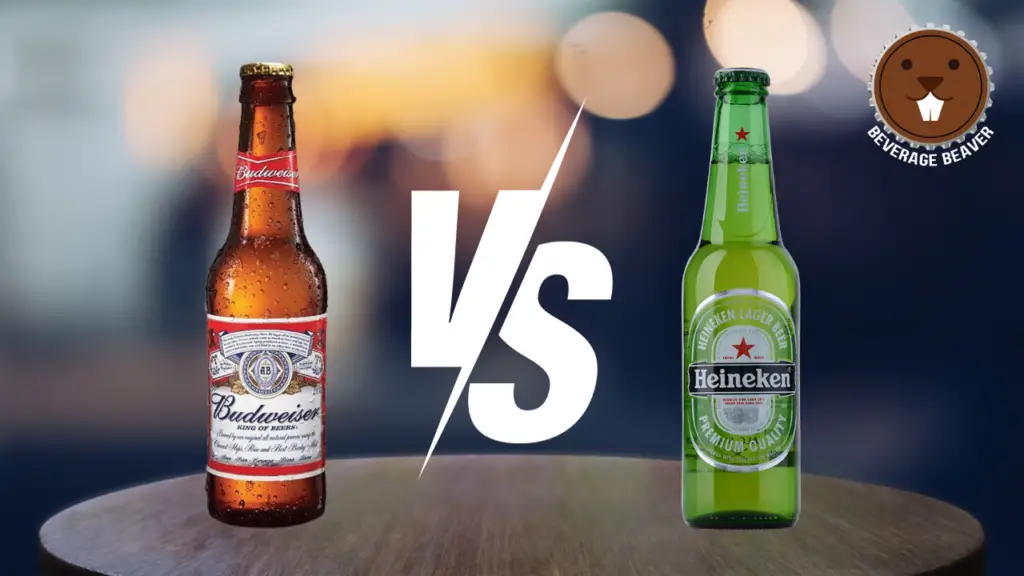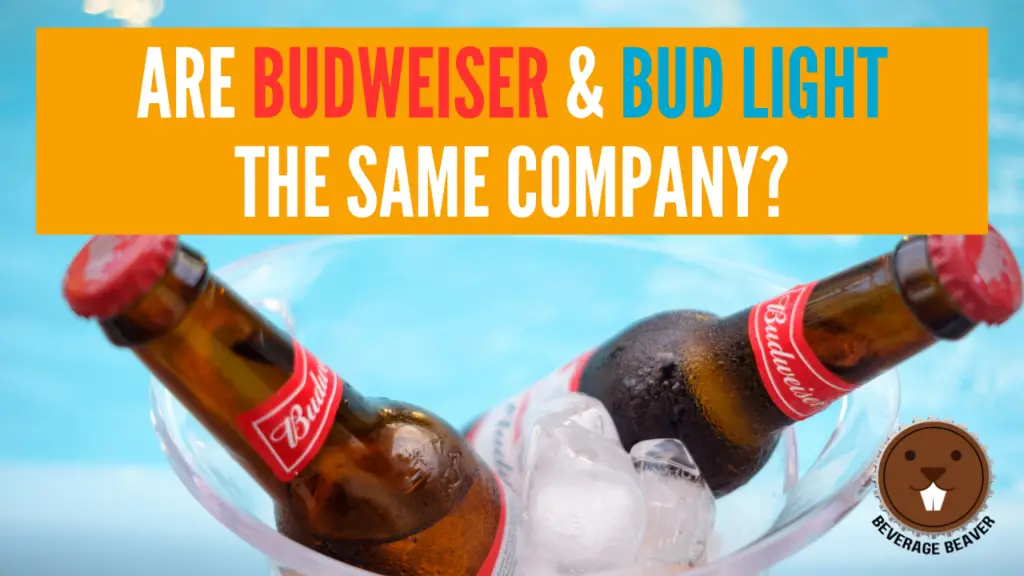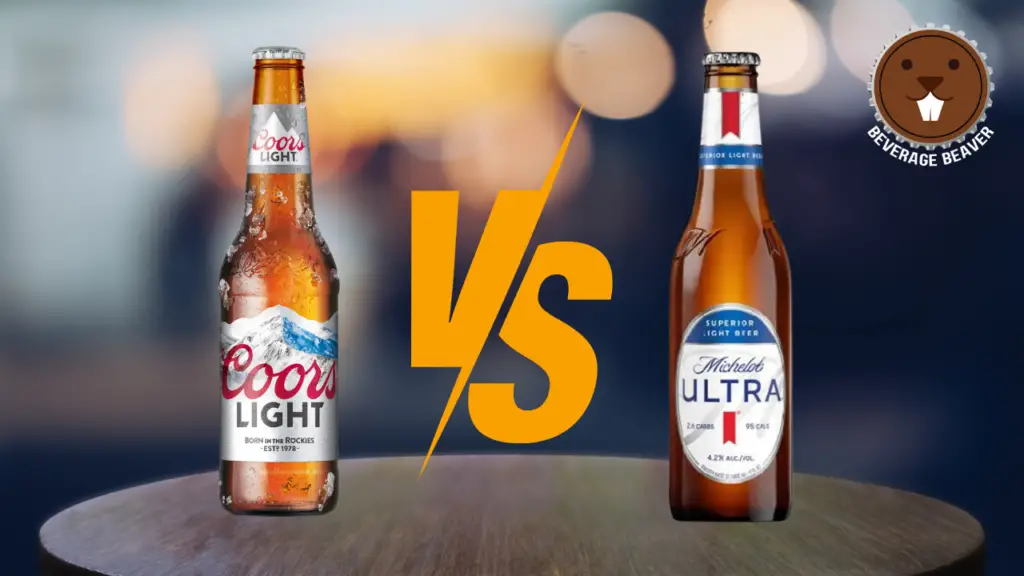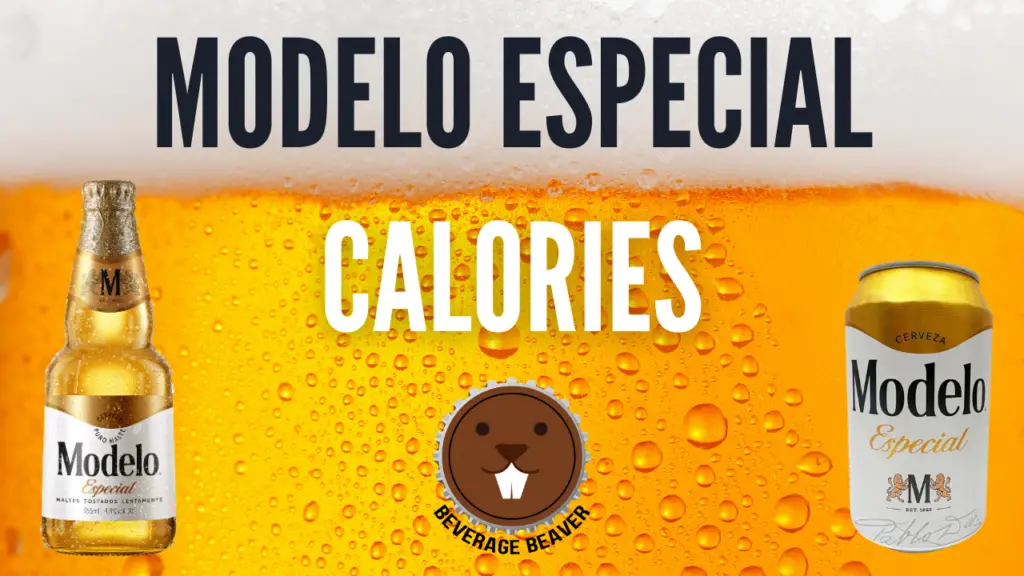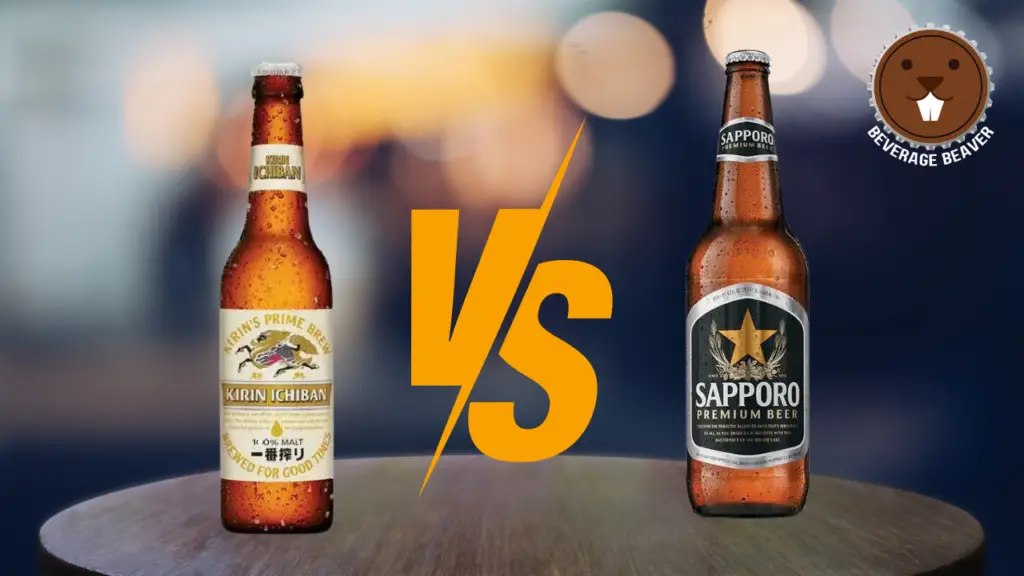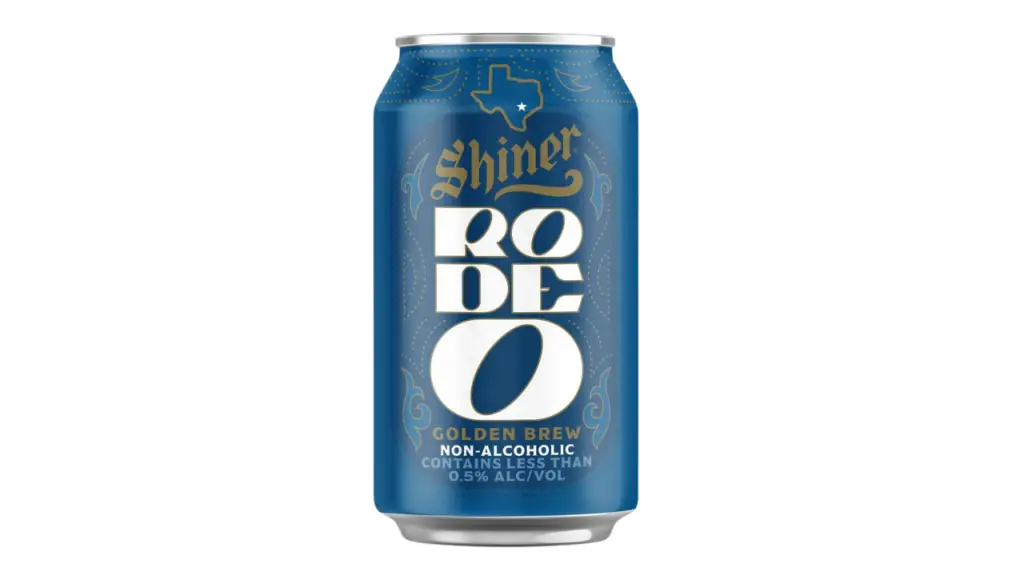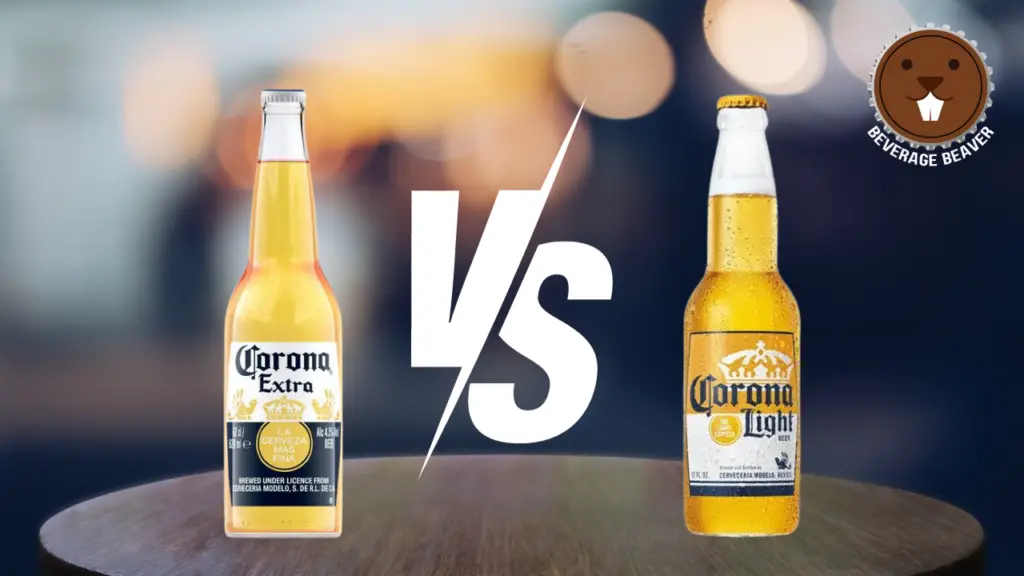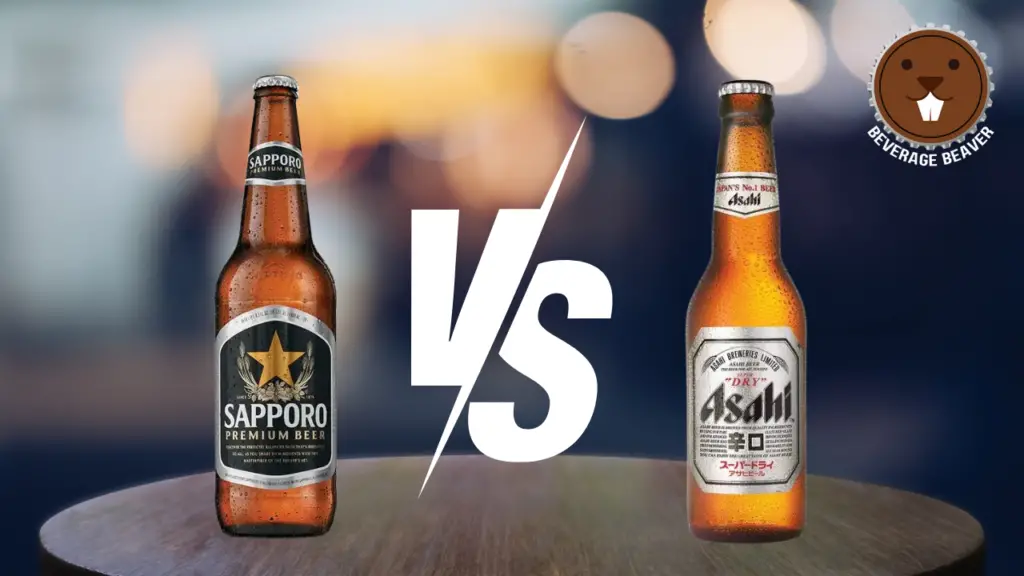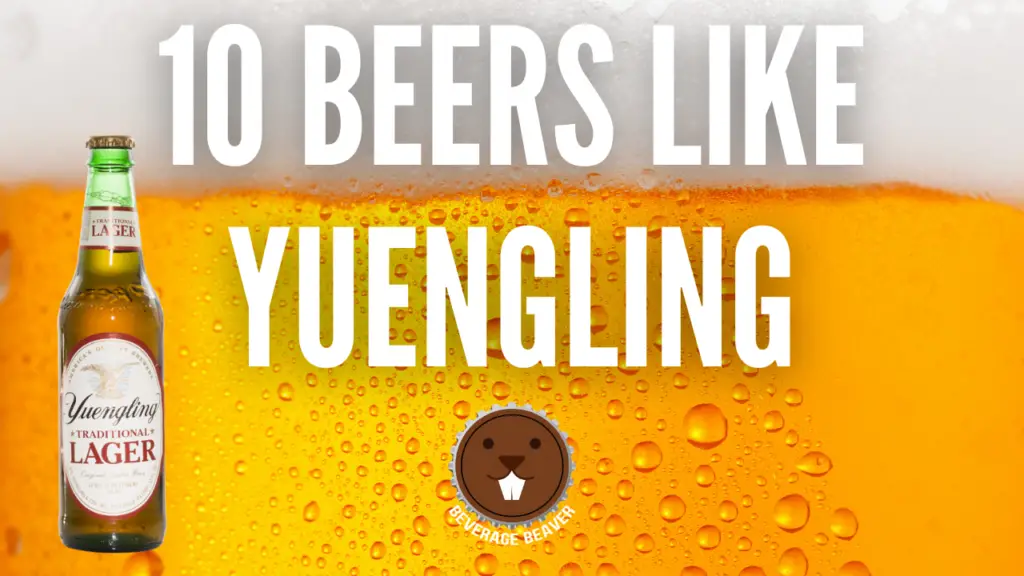Does Canned Guinness Taste Different Than Bottled?
It is generally agreed that Guinness tastes best on draught. But, instead of buying an entire keg of Guinness and the right apparatus, it’s probably easier to get yourself a bottled or canned version of the drink instead. But which one should you get?
Guinness from a can is much closer to the draught experience; it is creamier and has a more roasted flavor. The bottle is fizzier, with stronger aromas caused by the CO2.
However, there’s much more to it. Below, we’ll compare the two based on flavor, mouthfeel, appearance, aroma, calories, and more.


The Numbers
Before looking at the different experiences between the two, let’s first see if there are any differences, and if so, which ones, between the can and bottle.
Guinness in a can and bottle both have the same liquid. As a result, the calories, carbs, and alcohol percentages are the same. No matter which version you get, the beer has 125 calories, 9.4 grams of carbs per 12 fl. oz, and 4.2% ABV.
However, they do come in different sizes. There are 11.2 fl. oz in a bottle (331 ml) and 14.9 fl. oz in a can (440 ml). This means there are about 117 calories and 8.7 grams of carbs in a bottle and 155 calories with 11.7 grams of carbs in a can.
The number of calories is relatively low for beer and stouts. To compare, Black Rock Irish Stout sets you back 153 calories, Carlow O’Hara’s Irish Stout has 130 calories, and Porterhouse Oyster Stout has 139 calories per 12 fl. oz.
In terms of price, Target sells the cans in 4-packs for $8.99. This is 59.6 fl. oz total.
For the bottles, they sell a 12-pack for $15.99. This is 134.4 fl. oz total.
Per fl oz, you pay about $0.15 if you buy the cans and about $0.11 if you get the bottles.
Appearance
Let’s start with seeing how the versions differ in looks. This is probably the largest difference between these varieties.
When you first pour these two out into a glass, they are entirely different. The can looks most similar to the draught and has the same surge and settle effect that you would expect from Guinness. The can pours out much more flat, like a regular dark ale. This is because the can has a widget – a plastic ball loaded with nitrogen – which causes smaller bubbles.
In terms of color, the beers are the same and have the dark, ruby-red hue when held up to the light that you’d expect from Guinness.
Aroma
The thick foam head on the canned Guinness doesn’t just change its appearance. It also has an effect on the aroma.
With such a thick layer on top, it is much more difficult to smell the roasted, chocolatey aromas from the beer. The most you’d get from the canned Guinness is a hint of egg white and perhaps some very slight roasted aromas. Even if you remove the head from the canned version, you still won’t get much from this beer. The nitrogen just doesn’t produce as many aromatics, unfortunately.
The bottle, on the other hand, provides plenty of aromas. It’s chocolaty, roasty, and has hints of coffee. It is even stronger than you would normally get from Guinness on draught, as the bottled variety is carbonated using CO2, which is much more conducive to providing strong aromas.
Flavor
Let’s move on to the actual flavor difference between these beers. It might be quite surprising that these have a difference in flavor, considering they are the same liquid. However, our smell is responsible for 80% of what we taste, and as we’ve just gone over, the two definitely have different aromas.
The bottled version has a much more distinct bitterness and is more hop-forward, too. You still get some of the roasted flavors, but the bitterness is definitely the star of the show. For the canned variety, you get a much more roasted flavor, and it seems more balanced.
As a result, the bottled Guinness is more like a good, regular stout rather than a typical Guinness, whereas the canned version gives you a better Guinness experience.
Mouthfeel
Whereas there might be subtle differences between can and bottle when it comes to flavor, the mouthfeel is completely different.
This is because the canned version has the famous widget that carbonates the beer using nitrogen, while the bottle is carbonated using CO2. This CO2 is standard practice in beer, but the nitrogen is what makes Guinness special. The latter produces smaller bubbles, which makes the beer much creamier rather than fizzy.
The widget really is just a piece of plastic. The Guinness widget is shaped like a tiny ping pong ball where the nitrogen is stored. When the can is opened, the pressure causes the nitrogen to squirt out, causing carbonation.
As the bottles do not have this nitro carbonation, the mouthfeel is much more like a lager rather than a Guinness stout.
How To Pour Guinness From A Can?
If you’re buying Guinness in a bottle, you’ll likely be drinking it from the bottle too. However, if you get yourself a can, make sure you pour it into a glass. This way, you’ll get the full nitro effect.
When doing so, you have two options: you could go for the ‘classic’ or ‘hard’ pour.
The classic is what you would do with most other beers: grab a clean pint glass and hold it at a 45-degree angle. Slowly pour it off the side of the glass and slowly tilt it back upwards until it is entirely vertical. Make sure to let it settle for about 2 minutes before drinking!
If you’re going for the hard pour, this is what you should do: open the can and place a dry pint glass on top. Make sure to act quickly and turn both upsides down so the glass is now on the bottom. Take the can out slowly until all the beer is poured. Let this settle before drinking, too.
Sources:
- https://www.scienceworld.ca/resource/taste-smell-connection/#:~:text=Our%20sense%20of%20smell%20in,we%20experience%20come%20from%20smell.
- https://www.guinness.com/en-us/frequently-asked-questions

